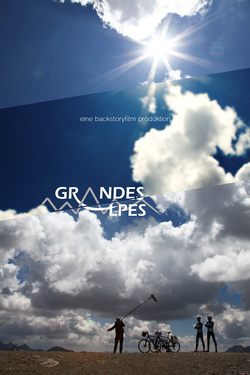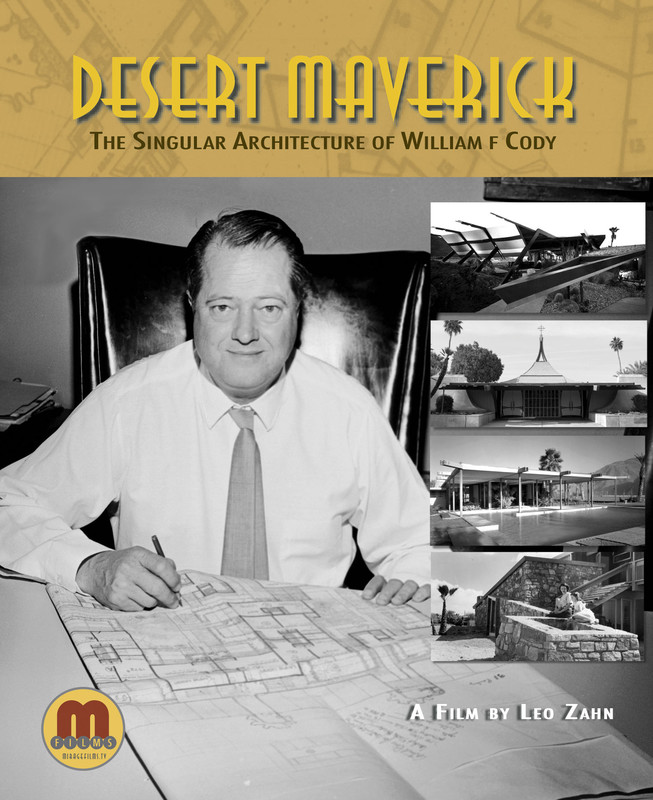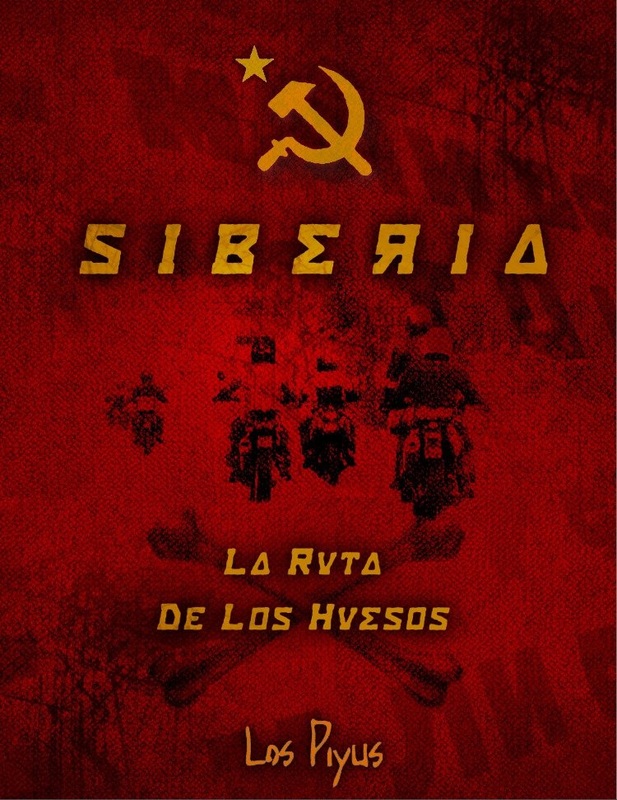Ad approved by Los Angeles CineFest
Laurels
|
|
|
| ||||||||||||||||||||||||||||
Festival judges started to vote. You can choose your favorite work too. Vote for Best of The Audience.
OFFICIAL SELECTIONS
|
Orphans of the Genocide
Orphans of the Genocide is an emotional visual journey through never-before-seen or rarely seen archival footage and discovered memoirs of orphans who lived through the last century's first, fully documented and least recognized Armenian Genocide of 1915. The documentary follows Maurice Missak Kelechian whose research findings unveil the site of an Armenian orphanage located at the present day Antoura College near Beirut, Lebanon where 1,000 Armenian Genocide Orphans had lived and were forcefully converted and 'Turkified' during WWI. Additionally the documentary includes interviews with numerous public figures including British journalist Robert Fisk - whose article 'Living Proof of the Armenian Genocide' published in 2010 by the Independent included many of the archival proofs as well as Armenian-American Dr. Jack Kevorkian among others |
|
Grandes Alpes
Andreas and Jörn share a fascination for cycling. Together they plan to travel the historic Route des Grandes Alpes. Corinna and Jörn share love, for each other and cycling. All three of them set out in summer 2013 at Kilometer Zero in France at Lake Geneva to overcome 1.000 kilometer and 23.000 metres in height. A camera crew accompanies them on their journey and does not only capture the beauty of the French Alps, but also the changes that take place inside of the cyclist. The physical strain turns into an emotional challenge. It tells of ambition, overcoming and pride, but also of boundless joy and friendship. Traveling by bike has an impact. What started at zero ends at zero. After ten days all arrive at sea level in Nice. In between lie 26 mountain passes and encounters that show how cycling is lived in France. A declaration of love to bike traveling. |
|
TO BE SOMEBODY, SOMEDAY
The first generation of university students from rural China have been undergoing a pioneering education reform, experiencing democracy, liberty and self-challenge. Candidates for student's union president compete for votes at all means in "one-man-one-vote" election. Xu, an art student, sets up an art museum unlike others who migrates to major cities for better living. Yu, Sam and Chao are selected to join the Mount-Shishapangma-climbing because of their physical fitness. Their horizon is broadened due to education. Far from the capital of China, Beijing, the students are close to the world. |
|
Desert Maverick
“Desert Maverick – The Singular Architecture of William F. Cody,” is the first in-depth exploration of the works of this major Palm Springs modernist architect. It captures Cody’s singular style and brings it to life through contemporary cinematography as well as Julius Shulman‘s classic photography, alongside interviews with Alan Hess, Adele Cygelman, Sidney Williams, Ron Marshall, Peter Moruzzi, Frank Urrutia, Rick Holden. The documentary features Cody’s most iconic buildings, starting with the 1947 Del Marcos Hotel, which launched his career in the desert and focuses on his best-known residential and commercial projects built between the late ’40s and early ’70s, such as L’Horizon Hotel, Huddle Springs Restaurant, Palm Springs Spa Bathhouse and Spa Hotel, Racquet Club Cottages West, Eldorado Country Club, and the Jorgensen/Mavis, Abernathy and Jaffe residences, as well as Cody Court and St. Theresa Church. |
|
The Way of the Brave
The prophecies surrounding the rise of the near-mythical Rainbow warriors are several in American Indian lore. Paralleled with a traditional Native American pow wow, the film offers a rare glimpse into the magical world of the Rainbow people, during their annual gathering. The story centers around the issues which are not only of concern to them, but greatly affects all of humanity. The result is a powerful statement that defines the true meaning of freedom, as much as it defies the values of present-day consumption culture; Babylon. The Way of the Brave is a gritty documentary, and was shot on a cell phone. |
|
Un Condor
Sergio Contreras was born into a rich family, his mother was the maid. Passing from a life in which he was kept secret, to a life in poverty, he had to make his own life. He put himself in exile in November 1973, a few months after Pinochet overthrew Allende's government in Chile. He was 17 years old. After a long journey he ended up in Sheffield, England. Thirty eight years later he decided to do his first trip to Chile since he left. We follow him through this journey, trying to sense the similarities and differences between the past and the present. This is not a dramatic story of a Chilean exile, but a composition of all the negative and positive moments of the life of a man who knows how to survive and evolve. Having as a guide an innate sense of justice which is the source of true political thought, Sergio, full of optimism and positive energy, tells the eternal story of people being forced to leave their homes. |
|
Los Piyus -Road of Bones-
The Piyus are a group of adventurers who are rolling the world on their motorcycles. In this opportunity they ride across Siberia, through the mystical and deadly Road of Bones. An epic odyssey that portrays the vestiges of the Stalin USSR. WATCH NOW HERE |
UPCOMING LIVE EVENTS
Ad approved by Los Angeles CineFest
Ad approved by Los Angeles CineFest























